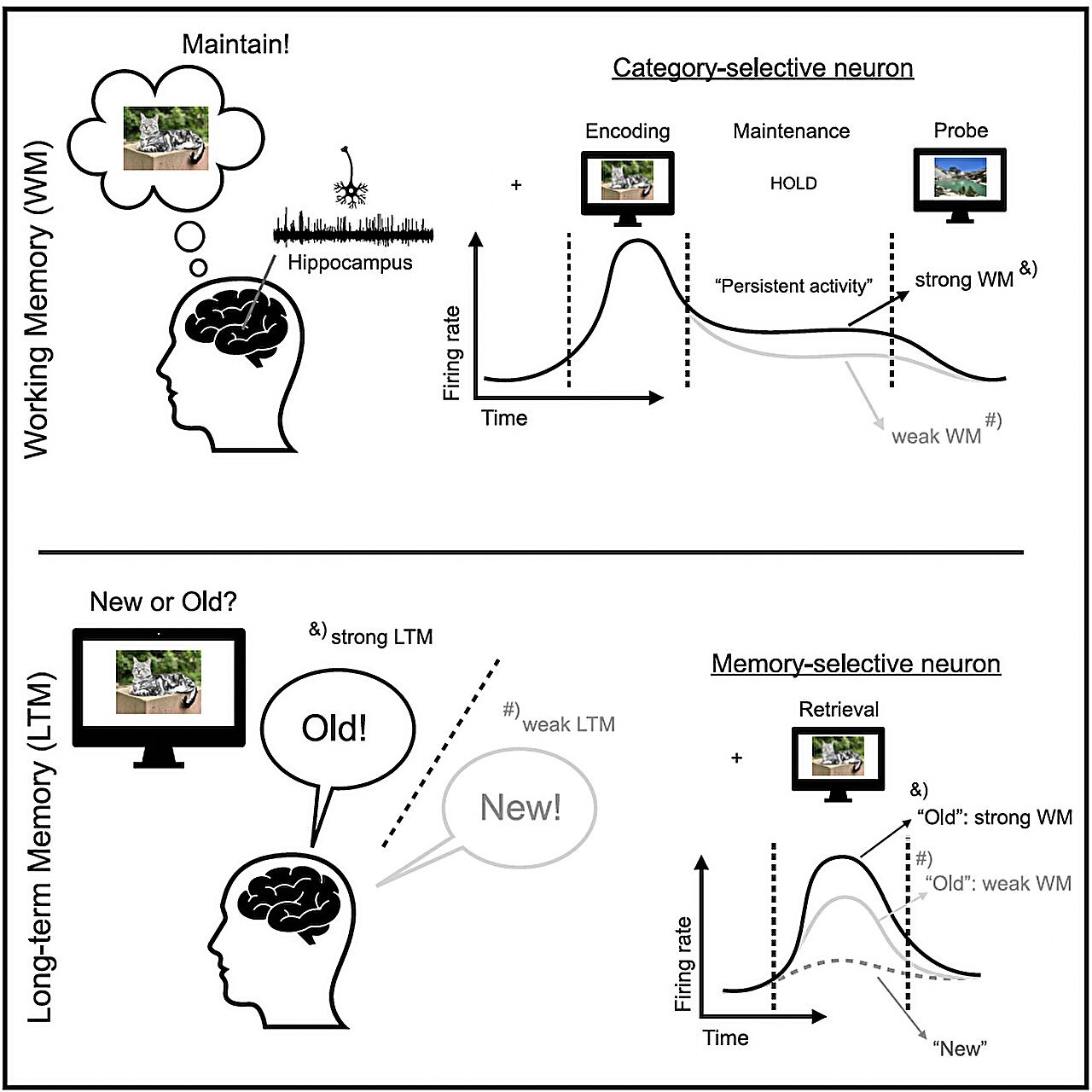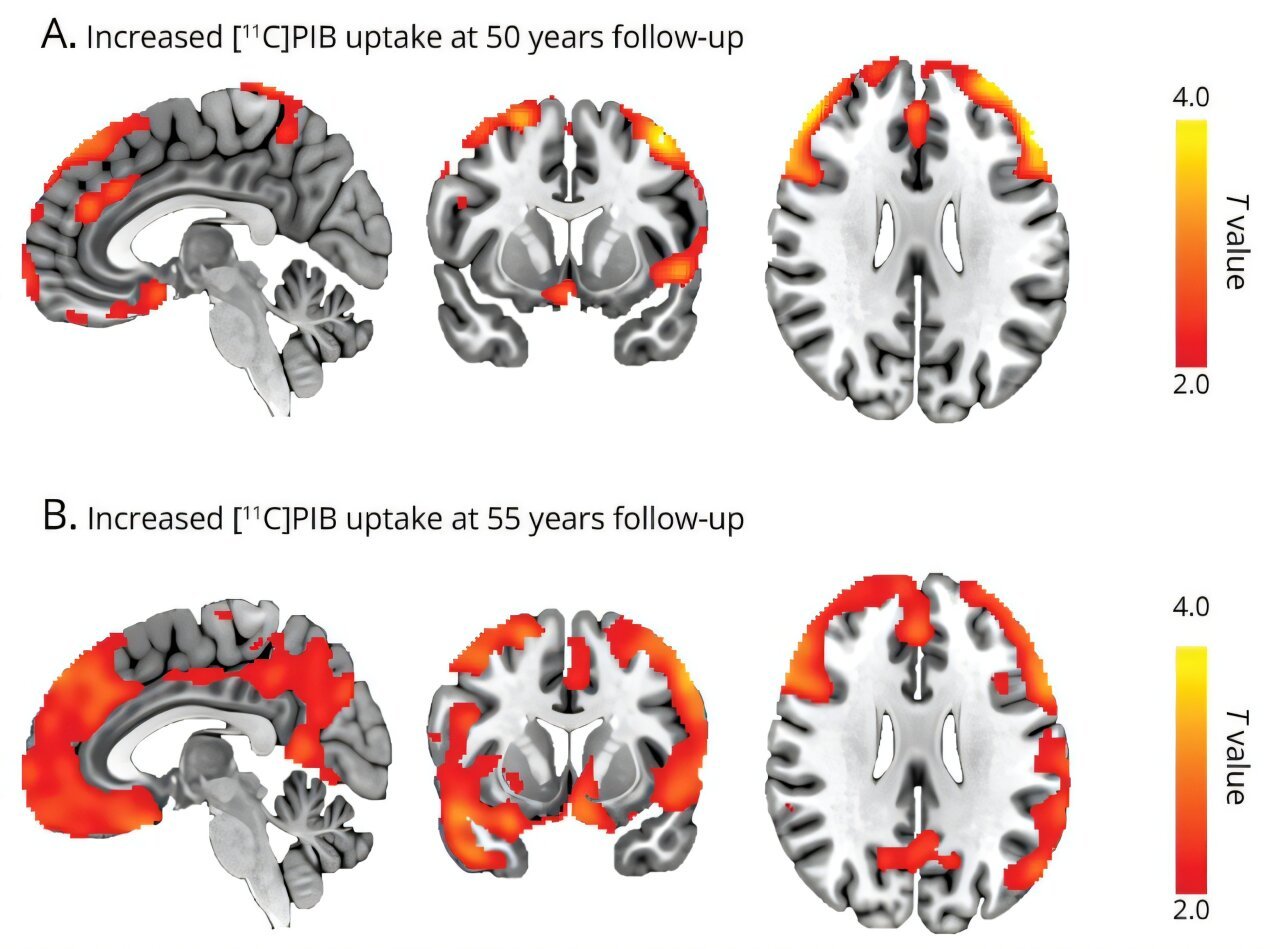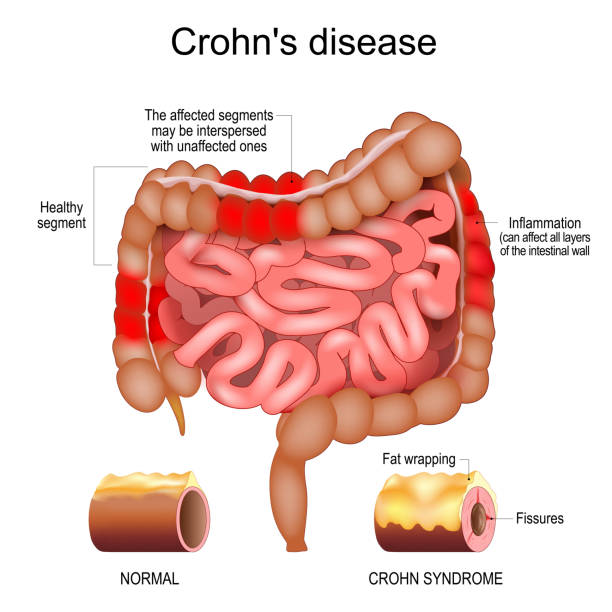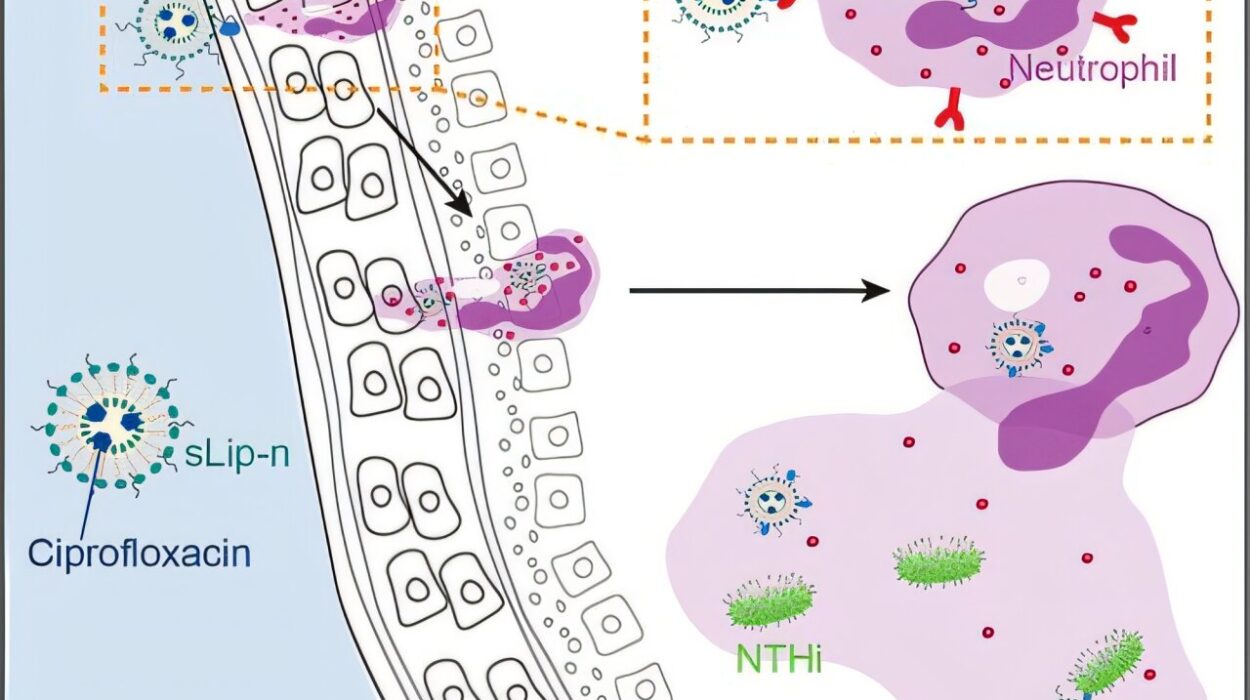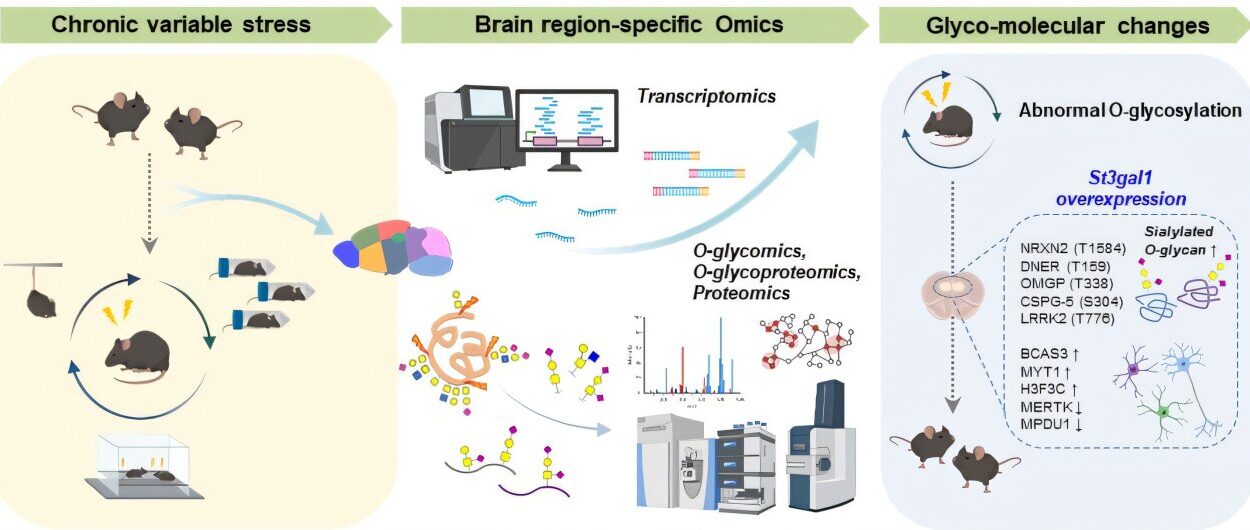Working memory (WM) and long-term memory (LTM) are two essential aspects of human memory, each serving different cognitive functions. Working memory is responsible for temporarily storing and processing information crucial for immediate tasks, while long-term memory retains information over extended periods, organizing knowledge into categories such as facts, events, skills, and habits. Historically, psychologists and neuroscientists have considered these two memory systems as separate entities, with distinct neural processes governing short-term and long-term tasks. This conceptual divide has often led researchers to focus on each memory system individually, without much attention given to the interaction between them. However, recent research has begun to uncover the potential overlap between these two systems, particularly in the brain regions involved in both short-term storage and the formation of lasting memories.
In a groundbreaking study, researchers from the Cedars-Sinai Medical Center, in collaboration with other institutes, set out to bridge the gap in understanding by simultaneously investigating the neural processes underlying both working memory and long-term memory. Their study, published in Neuron, provides compelling evidence that these two memory systems do not function as entirely separate entities, as was traditionally believed, but instead share overlapping neural mechanisms, particularly in the hippocampus. The findings have profound implications for how we think about the processes behind memory formation and retrieval.
The study’s authors, including Daume and Kamiński, point out that while WM and LTM have often been viewed as distinct cognitive systems, little is known about how these systems interact when forming memories. To address this, they recorded the activity of single neurons in the medial temporal lobe (MTL) of patients with epilepsy, who had electrodes implanted in their brains to monitor brain activity as part of their treatment. The medial temporal lobe, which includes the hippocampus and the amygdala, is critical for memory encoding, storage, and retrieval.
In the experiment, 41 epilepsy patients performed a task involving working memory and then engaged in a task designed to recruit long-term memory. Specifically, participants were first asked to hold novel items in their working memory, and then to complete a subsequent recognition memory task to assess whether they could later recall the items. The research team then analyzed the neuronal activity during the two tasks, searching for shared mechanisms that could link WM and LTM processes.

Their results were illuminating: they found that persistent activity in the hippocampus during the maintenance of information in working memory predicted whether the information would later be recognized with high confidence or forgotten. In contrast, when these same neurons were engaged in a task specifically associated with long-term memory retrieval, their responses were much more strongly linked to the recognition of familiar stimuli. More importantly, the level of persistent activity in neurons during working memory was a direct indicator of whether an item would become a long-term memory.
In simpler terms, the researchers discovered that the activity of the same neurons in the hippocampus responsible for maintaining information in working memory was predictive of whether that information would be successfully encoded into long-term memory. These category-selective neurons were particularly important, as their response during working memory maintenance predicted whether items were later remembered or forgotten.
Interestingly, this persistent neuronal activity was specific to the hippocampus and not to the amygdala. The amygdala, while involved in emotional memory processing, did not show the same type of predictive activity associated with the formation of long-term memories. This finding highlights the hippocampus’s central role not only in short-term memory tasks but also in encoding information that is retained over time.
Moreover, the study showed that, during the retrieval phase, neurons that had been active during working memory maintenance responded more vigorously to familiar stimuli, indicating a direct link between WM activity and the neural processes involved in LTM retrieval. Essentially, the hippocampus plays a dual role in both maintaining information temporarily in working memory and encoding that information into long-term storage. This dual function suggests that the neural circuits supporting working memory and long-term memory are closely intertwined, challenging the traditional view of these systems as separate.
These findings have important implications for future research into memory processes. Traditionally, working memory has been viewed as a more temporary system, and long-term memory as a process that takes place once information has been sufficiently encoded and stored. However, the research team’s discovery indicates that there is substantial overlap in how the brain processes and stores information, particularly within the hippocampus. Their results open the door to future investigations that can delve deeper into this shared mechanism, exploring the precise neural pathways and the extent to which working memory and long-term memory rely on the same neural components.
Moreover, understanding how working memory can influence long-term memory encoding offers potential applications in enhancing memory retention and learning. If certain types of brain activity—such as the persistence of neuron firing during a short-term task—can predict whether information will be successfully stored in long-term memory, it could lead to new strategies for educational practices and cognitive training. Additionally, this research may inform clinical interventions for individuals with memory-related disorders, such as Alzheimer’s disease or other forms of dementia. If we can better understand how memory systems interact and where the breakdowns in communication occur, we might develop more effective treatments for these conditions.
One particularly fascinating aspect of this study is the way it challenges traditional thinking about memory processes. In earlier models, working memory was often seen as a transient system that allowed people to hold onto bits of information briefly before those bits were either discarded or transferred into long-term storage. But the persistence of neuron activity in the hippocampus suggests that working memory isn’t merely a temporary holding space for information; it could actually serve as the initial foundation upon which long-term memories are built.
Furthermore, while the hippocampus is well-known for its role in memory, this study underscores just how pivotal it is for both short-term and long-term memory processing. Understanding the intricacies of hippocampal activity could potentially offer key insights into conditions like amnesia, where individuals experience significant difficulties with memory retention and recall.
For decades, neuroscientists have debated whether these two memory systems, working memory and long-term memory, operate independently or whether they are linked in some way. The work done by the researchers at Cedars-Sinai and their collaborators offers a compelling answer: the systems are far more interconnected than previously believed. The hippocampus, as the key mediator between these two types of memory, is central to the idea that memory encoding is not simply about transitioning information from one compartment to another but involves ongoing, complex neural processes that connect temporary storage and long-term retention.
Reference: Jonathan Daume et al, Persistent activity during working memory maintenance predicts long-term memory formation in the human hippocampus, Neuron (2024). DOI: 10.1016/j.neuron.2024.09.013.
